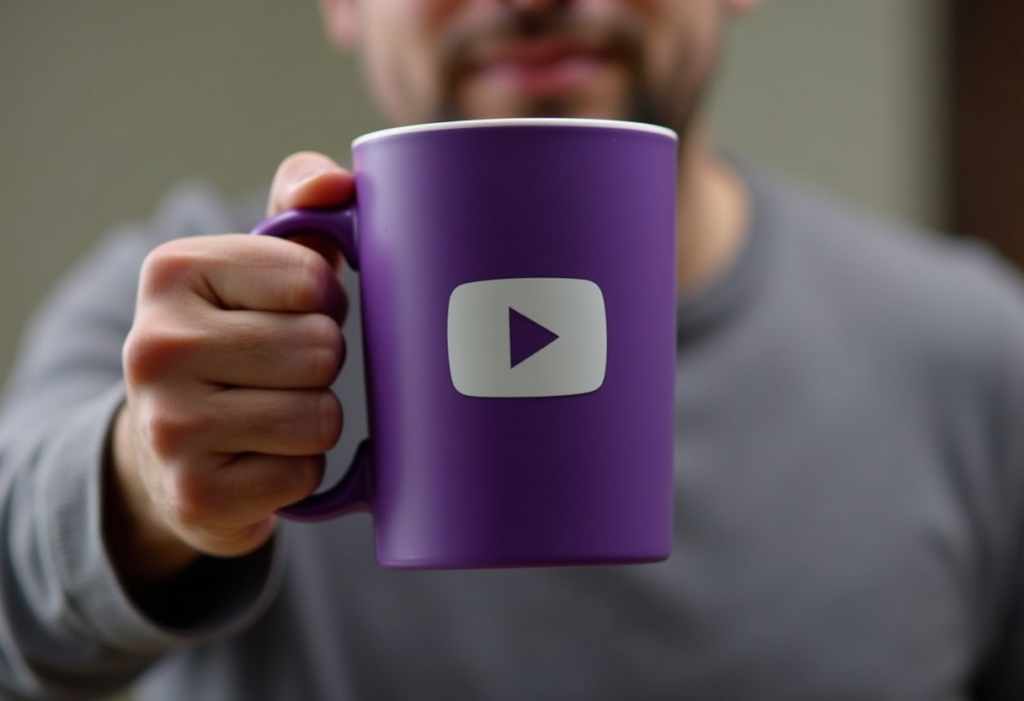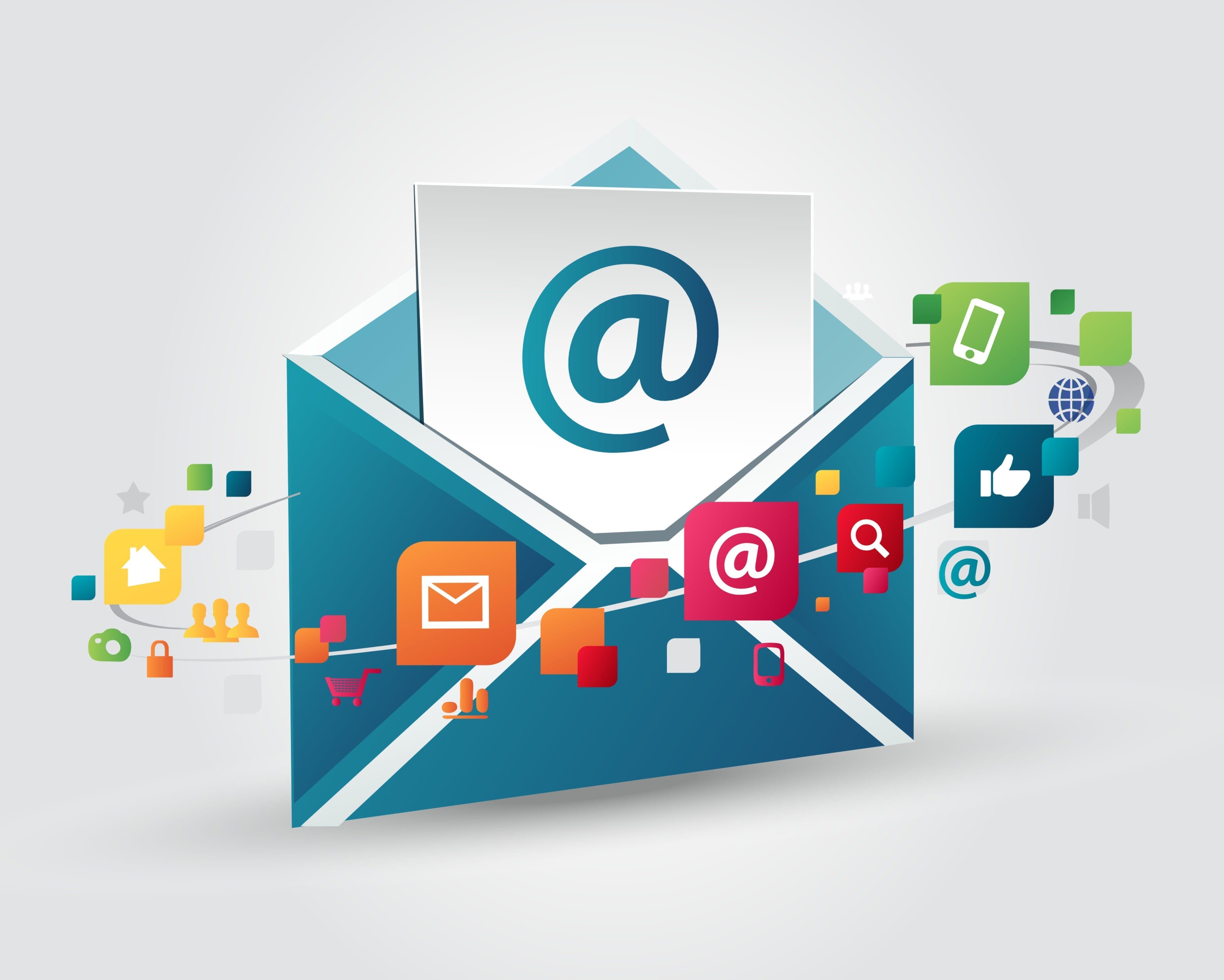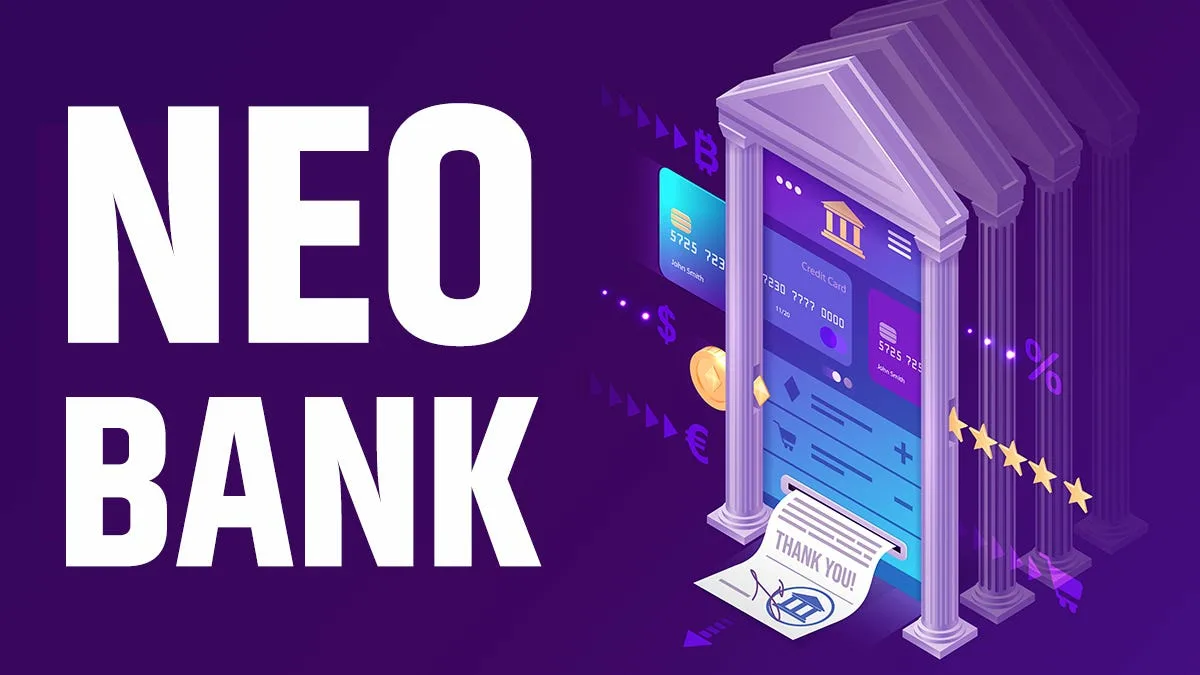Automation more and more penetrates into the daily life of business. In the field of marketing, this process is especially noticeable — especially when it comes to such a phenomenon as programmed advertising. It is not the first year on the hearing, but there are still a lot of questions around it: how it works, why it is needed, what are its features, and how it differs from traditional advertising. Let's look at everything in order.
What is a programmable ad?
Programmable advertising is a technology that allows you to buy and place ads in a digital environment using algorithms and automatic decision-making systems. Unlike the traditional method, where everything depends on the agreements between the advertiser and the site, here data, platforms and logic come into play, which can be pre-configured.
This is a kind of automated trading with ads in places. The entire process of buying and displaying ads takes place almost instantly — a split second before the user sees a page with a banner, video, or native format.
How programmable advertising works
The system is designed in such a way that each ad impression is the result of an auction. When a person visits a website or opens an app, the advertising platform collects data about them: geolocation, device, behavior, interests, and browsing history. Based on this information, the system decides which brands are ready to show their ads to this user. Then an auction is held — and the winner is the one who offered the most relevant offer.
All these processes are automated. Human involvement is kept to a minimum: specialists set up campaigns, select goals, and specify budgets and audience parameters. And then algorithms take matters into their own hands.
Main components of the ecosystem
To understand how programmable advertising works, it is important to get acquainted with its main participants.
DSP (Demand-Side Platform) — this is the platform that advertisers work on. It helps you manage ad purchases and configure ad impression settings.
SSP (Supply-Side Platform) - used by site and app owners. They use it to send free advertising spaces to the system to sell them in real time.
DMP (Data Management Platform) — a system for collecting and processing user data. Based on this data, algorithms determine who should display the ad and when.
Ad Exchange — the place where auctions take place. This is where the DSP and SSP meet to negotiate a deal.
Advantages of automation
Programmable advertising opens up many new horizons. One of the most notable features is flexibility. You can configure the campaign in detail: from the audience's geography and interests to the time of day and device type. You can now accurately target and adjust your budget in real time.
Transparency is also worth noting. An advertiser can track exactly where their ad is placed, how users interact with it, and how much each impression or click costs.
Another important point is scalability. Thanks to automated platforms, you can quickly reach a large audience without increasing the number of hands in the team.
Types of programmable advertising
There are several purchasing formats and methods, each of which is suitable for different tasks and budgets.
RTB (Real-Time Bidding) — the most common model. This is an open auction where advertisers bid on impressions in real time.
PMP (Private Marketplace) - private auctions. Access to such sites is restricted, and only invited advertisers participate in them.
Programmatic Direct - automated purchase at a fixed price without an auction. This is a kind of hybrid of classic display placement and programmable technologies.

Approach to the strategy
Switching to programmable advertising requires careful preparation. It is important not just to launch a campaign, but to choose the right goals, determine audience parameters, and set optimization rules. Algorithms work based on the specified conditions, and the clearer they are, the higher the chance of getting the desired result.
Creative is also important. Yes, automation is about data, but no one has canceled the power of the idea. Even the most accurate targeting won't help if the ad doesn't attract attention or looks boring.
Analytics Features
One of the strengths of programmable advertising is deep analytics. The system allows you to track user behavior, ways to interact with ads, conversions, engagement, and many other metrics.
The data obtained can be used not only to optimize current campaigns, but also to prepare new launches. This helps to make marketing conscious and based on facts, not guesses.
Pitfalls
Despite all the advantages, programmable advertising is not without its difficulties. First, it is a technology that requires competencies. Without preparation, you may encounter technical problems, incorrect configuration, or inefficient budget spending.
Secondly, the issue of inventory transparency remains. Some ad platforms may increase impressions or offer low-quality traffic. Therefore, it is important to choose reliable partners and carefully monitor the results.

Current trends
Now programmed advertising is actively moving towards more conscious use of data. With increasingly stringent privacy regulations, the focus is shifting to contextual solutions and more lenient behavioral analysis methods.
There is also a growing interest in integration with artificial intelligence and machine learning. Algorithms become smarter, better understand user behavior, and predict which ads will work better.








